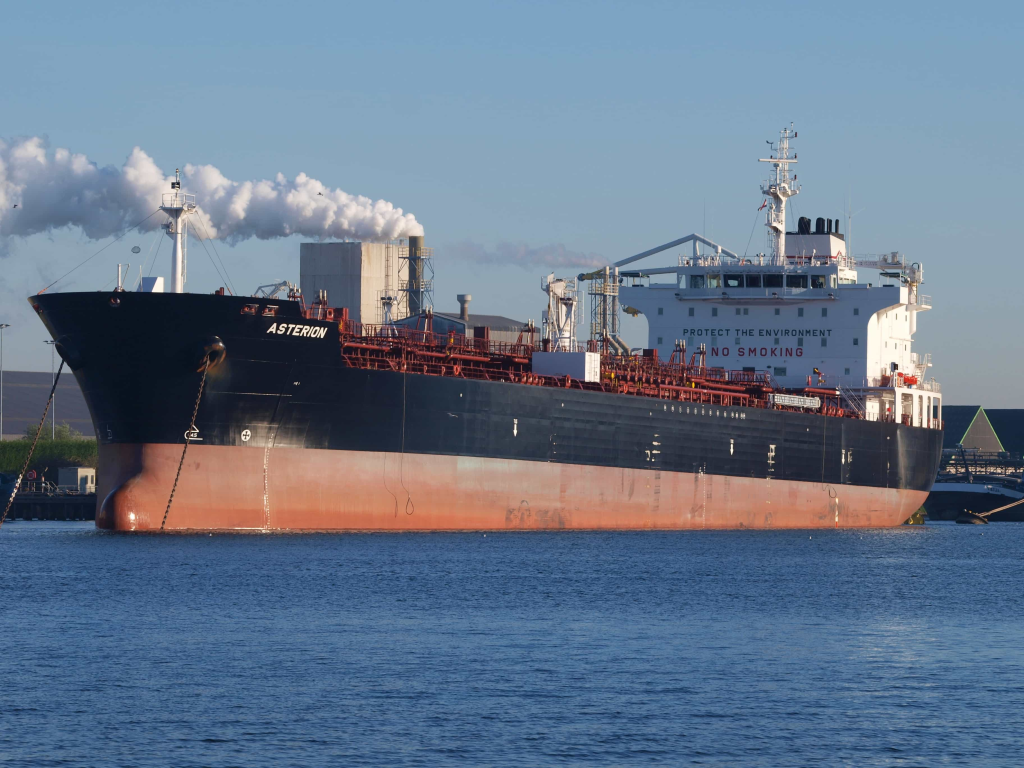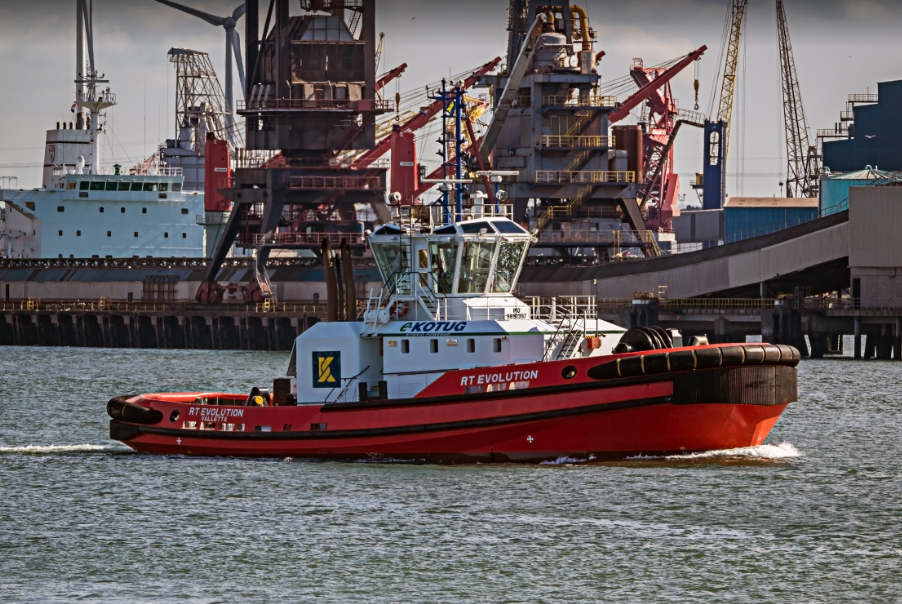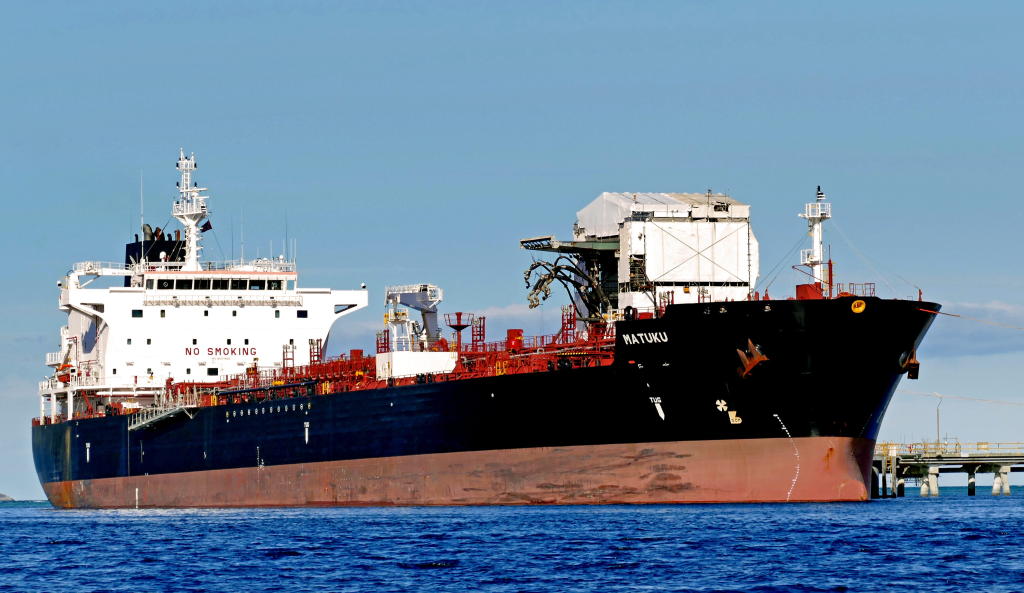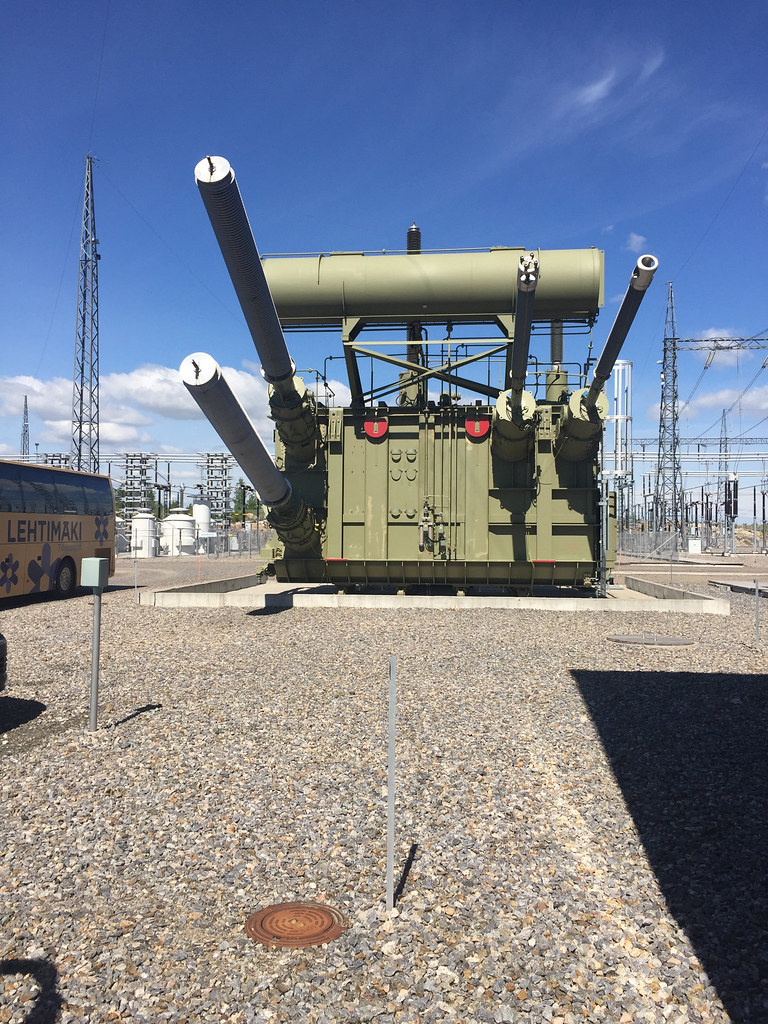
It started with an oil tanker vessel called Boracay being held off the coast of France in late September with its crew struggling to account for the flag on the ship. Intelligence briefs by President Volodymyr Zelensky had already cautioned that Russia’s “shadow fleet,” over 500 oil tanker ships, exported crude all over the world evading sanctions in a host of false flags, disabled tracking beacons, and untrickable owners. What followed out of that detention was not some coincidence but exposure to a massive maritime infrastructure designed to operate below the radar, fund war, and transfer environmental and economic risk to third parties.

1. Scale and Strategic Purpose
European and Ukrainian intelligence estimates the fleet’s size to be between 500 and 1,000 ships with the tankers now accounting for 20% of Russia’s sea transport of oil. French President Emmanuel Macron called it “shutting off Russia’s financial taps” if it’s stopped, and the Danish ministers called it an attack directly “on the military machine of Putin.” The biggest customers of the fleet China and India sell below the G7’s price cap, with the result the Kremlin is free to sell at market rates. The shadow fleet has earned $10 billion more than the crude revenues since December 2022 started, Kyiv School of Economics data shows.

2. Engineering Evasion: FLAGS, Insurance, and AIS Manipulation
The fleet derives its livelihood out of exploiting sea regulatory seams. The ships commonly reflag in weak registries, sometimes flagless, which under the terms of Article 110 of the UN Convention on the Law of the Sea induces the coastal states to board them. Over 70 percent lack verifiable Protection and Indemnity (P&I) coverage, and in the majority of cases carry fraudulent certificates or mention insurers that do not exist. Automatic Identification System (AIS) suppression switching off the ship’s transponder creates areas of blindness, especially at ship-to-ship transfers in the jurisdictional voids. Satellite-AI technologies like Synthetic Aperture Radar imagery and optical data increasingly assist in the detection of such manipulations.

3. Aging Vessels and Environmental Hazard
Shadow tanker median age is 18.1 years with more than 75 percent aged in the 15-year age band during which technical failures are greatest. They exist in poor condition and crewed with inexperienced mariners. The Baltic Sea, which 150–170 shadow tankers pass monthly, is narrow and shallow with environmentally sensitive features. A spill would kill wintering grounds of migratory birds and devo yage fisheries. Estimated cleanup costs by the International Tanker Owners Pollution Federation range between $600 and $4,000 per barrel putting a 100,000-ton spill at over €3 billion in damages.

4. Links to Security Incidents
Some of the involved tankers, e.g., the Boracay, have also been involved in reconnaissance and off-shore drone activity off European coastlines. Zelensky himself warned that “these are among the platforms Russia uses to launch drones.” Estonia’s attempt in May 2025 in the Gulf of Finland to intercept the unflagged Jaguar ended in the violation of Estonian airspace by the Russian Su-35 fighter and the activation of NATO intercept. Acts such as these mirror the fleet’s involvement in the evasion of sanctions and in the hybrid war.

5. Sanctions Pressure and Enforcement Gaps
The EU, Australia, and Canada stepped up sanctions lists Canada aiming at more than 200 ships in one go. But fragmenting enforcement: the EU with access bans, the UK with hybrid compliance, and the US with financial bans in OFAC. Variance permits reflagging, rerouting, and access to non-aligned insurance regimes. The G7+ ships conveyed 53 percent of the Russian oil cargoes by August 2025, eight points below the July report, reflecting the renewed dependence on the shadow fleet.

6. Chokepoint Controls and Inspection Procedures
The Nordic-Baltic states began mutual verification of insurance at chokepoints like the Danish Straits. Denmark’s stepped-up inspection emphasizes old ships, with data shared internationally to identify sanctionable vessels. Port states now require proof of P&I coverage, though in-reality tests of insurer solvency remain the exception. Compacts with stepped-up Registry Information Sharing may permit mutual deregistering between prominent open registries at the expense of the cost of operation for non-compliance.

7. Securing Legal and Technical LoopHoles
Experts argue that disabling the fleet requires targeting its enabling infrastructure registries, insurers, intermediaries rather than individual ships. Mandating full beneficial ownership disclosure, integrating solvency testing into clearance systems, and blacklisting vessels for AIS suppression over six hours could strip operators of cover. Amending the 1976 Limitation Convention to exclude uninsured vessels from liability caps would restore consequences for environmental harm.

8. Economic Effects and Price Cap Integrity
The G7+-imposed oil price cap at $60 a barrel has been foiled by the autonomy of the fleet from coalition jurisdictions. Attestation fraud phony compliance assertions by Russian-linked buyers has also defeated enforcement. Commentators note that cutting the cap to $30 a barrel could shave off $153 billion in Russia’s oil revenues since sanctions began, if shadow fleet volumes are limited. Failing this, fraudulent prices and untransparent trading through such nodes as Singapore and Malaysia will persist.

9. Hybrid Maritime Statecraft
The shadow fleet has developed into a coercive logistics network out of sanctions evasion. It shifts the burden, makes evasion standard practice, and places irregular pressures on NATO and EU states without overt force. Its integration with Iranian networks, expansion into the Arctic without ice-strengthened hulls, and sinking of seabed infrastructure such as the Estlink-2 power cable signal an optimized system to leverage failure for strategic effect. Boracay’s arrest can be the odd public win, but the scale of the fleet, the sophistication of its engineering, and its integration into the economic and military planning of the Russia require it be stopped through coordinated effort in the legal, financial, and surveillance fields closing all the loopholes the ships currently operate.


